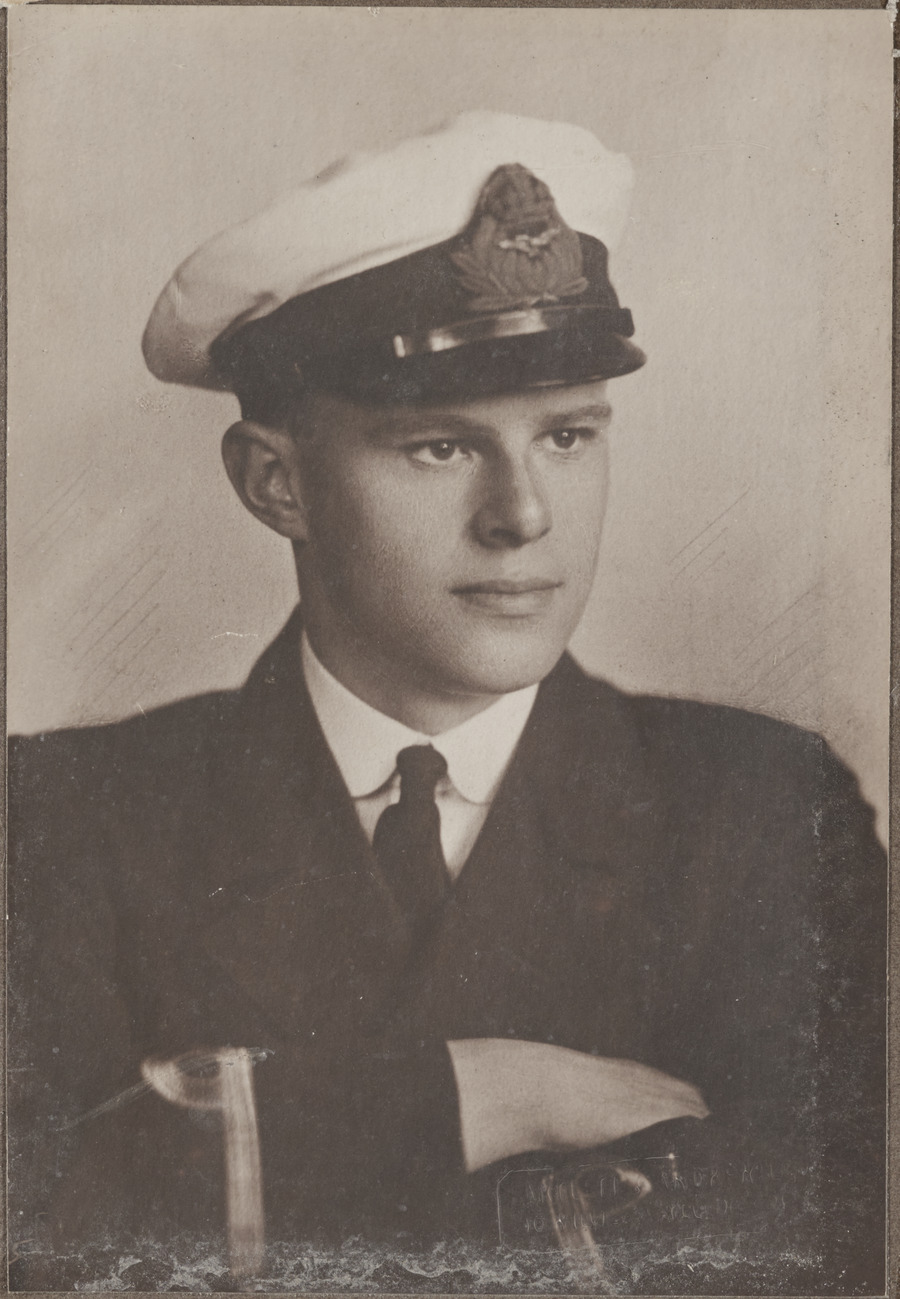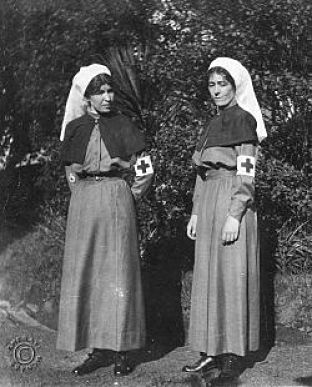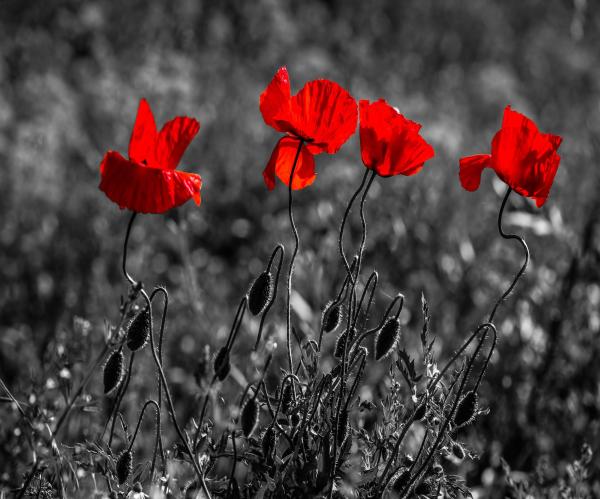Anzac Day 2020 with Remuera Heritage
In these extraordinary Covid-19 days there will be no parades or services on the 25th of April 2020, Anzac Day. For the first time in our history, Anzac Day services across New Zealand have been cancelled. Remuera Heritage through its online storytelling is keeping the Anzac spirit alive.
Our website has over 140 stories of Remuera men and women who served and died in WW1. They went to Remuera (Primary) School, King’s College, Auckland Grammar School, attended St Aidan’s, St Mark’s and St Luke’s churches, where they are commemorated; joined College Rifles to play rugby and be trained in the Cadets Corp. They lived in Victoria Avenue, Remuera Road, Orakei and Arney Roads, Clonbern Road, Norana Avenue, Ohinerau Street, Armadale Road and Upland Road. They went to Auckland University College and became teachers, doctors, lawyers, architects, stockbrokers, insurance agents, engineers, and civil servants as well as farmers, gardeners, carpenters, builders, printers, bootmakers, bakers, and cleaners. They would all have known each other and been well known in the Remuera community. They were mainly in their early 20s when they died.
Owing to their military training at College Rifles, which formed the N Z Signallers Company at the start of WW1, many Remuera men quickly became officers and earned awards and honours for their bravery – Captain Colin Dickenson Military Cross MC), Major Geoffrey De Bohun Devereux MC (twice), Lieut. Colonel Conrad Saxby Distinguished Service Order (DSO), Major George Holland MC, 2nd Lieut. George Henning MC, Sgt. Samuel Crowhurst, Military Medal, and Lieut. Gavin Alexander, Distinguished Conduct Medal (DCM), Sgt-Major Robert Birnie DCM. Major General Sir George Spafford Richardson of 20 Omahu Rd received many awards – CMG, CBE and CB and was knighted in 1925 (KBE). He was appointed a Chevalier of the Legion of Honour by the President of France in March 1916. This French award is uncommon to New Zealanders: fewer than 100 awards have been made, and was one of only 14 members of the New Zealand Expeditionary Force to be decorated with the Legion of Honour during the war. He was also awarded the Croix de Guerre by the King of Belgium in 1922.
They fought at Gallipoli, two dying during the Battle of the Landing at Anzac Cove on April 25th 1915 – Lieutenant Bert Richardson aged 23 years, and 2nd Lieutenant Harold Allen of 10 Warrington Road Remuera who was only 21 when he was killed.
Others died at the Battle of the Somme (1916), Battle for Messines (1917), Passchendaele (1917) and Ypres (1917-18). Some died of influenza after the war – Lieut. Colonel Conrad Saxby, Private Graham O’Connor, Gunner John Nicholls, Sergeant Owen Blackie and Private Harold Stilton whose brother and mother also died of the ‘flu.
Captain Oliver Steele of Cricklewood, Arney Road was the first New Zealander to be killed in France on 24 October 1914. He was with the 1st Battalion Royal Berkshire Regiments and appeared in the ‘Times’ of 18th February 1915 among those mentioned in despatches (MiD) and recommended by Field Marshall Sir John French ‘for gallant and distinguished service in the field’.
Those killed include Tom Culling of Victoria Avenue who is N Z‘s youngest air ace and the first air ace in the Dominion; Tom Smith and Fred Spratt of the N Z Cyclists Corp, ex-miner Sapper John Wright of the N Z Tunnelling Company and Troopers Donald Gorrie and Rupert McKenzie of the Imperial Camel Corps in Palestine.
Remuera men played a significant role in the development of military flying. The Walsh brothers, Leo and Vivian, of Orakei Road set up the N Z Flying School in 1915 at Mission Bay to train local pilots to get the Royal Aero Club certificate in New Zealand for acceptance into the Royal Flying Corps in England. Those Remuera men killed were Flight Lieutenants Tom Culling, Frank Bullock-Webster, James Dinneen, Billy Buchanan, George Aimer and Trevor Alderton – all well known in Remuera.
There were many families in Remuera who lost more than one son in WW1 – the Birnie, Holland, Crowhurst, Blackie, Irving, Stilton, Ernest, Coates, Boucher and Hall families are remembered.
Remuera women also played significant roles overseas in WW1. Sister Elsie Greig (awarded the Royal Red Cross), Sister Barbara Greig, Staff Nurse/ Masseuse Catherine Williams, Sister Bessie Maxfield and Staff nurse Isobel MacLennan who were Mentioned in Despatches, and Staff Nurse Jessie Law. Hilda Steele and Elsie Cooke (Associate Royal Red Cross), both of Victoria Avenue, were two of the first twelve nurses selected to become part of the Australian Army Nursing Service. Matron Cora Beattie Anderson (Royal Red Cross) was one of the first selected for the contingent of 50 N Z nurses to be sent for service under the direction of the British War Office. She became Matron of most of the major New Zealand hospitals in England. In December 1916, she was made Matron of the New Zealand General Hospital No.3 at Codford on the Salisbury Plains, England and then in April 1917 Matron of the Hornchurch Convalescent Hospital, known as Grey Towers, in Essex near London. Dr Grace De Courcy (nee Russell) had graduated in 1898 in England as one of New Zealand’s first women doctors and worked in Egypt during WW1 in hospitals treating men from Gallipoli and refugees.
Angela Caughey wrote in her book about St Aidan’s Church of the community being deeply distraught at the deaths of church members: ‘Teddy’ Boucher, the son of a former vestryman, was killed. People came in large numbers to the special Gallipoli commemoration service, to the Easter services and to Holy Communion. “The dedication of the Edgar W Boucher memorial plaque saw cadets in uniform, carrying handsome silk flags, standing at attention by the memorial, as the bishop unveiled it.” (Caughey, Angela. From Royal Mail to E-Mail: a history of St Aidan’s Church, Remuera. 1905-2005. Remuera, 2005. P46).



